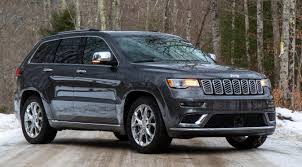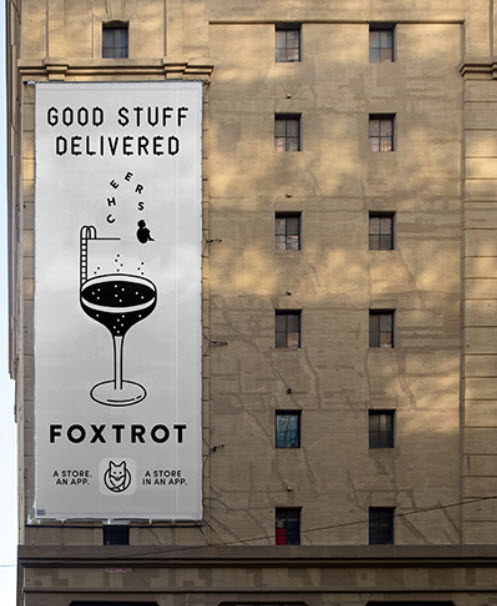Jeep Grand Cherokee Brand Controversy.
Representatives of the Cherokee Nation have asked Stellantis, the car manufacturer that owns Jeep, to stop using Grand Cherokee as a brand name of the top-selling SUV. Stellantis by the way, is the name resulting from the merger of the Fiat Chrysler company with Peugeot. (I’ve got to get out more.)
Living not too far from Cherokee, NC and having read up on the Tribe’s history, e.g., Trail of Tears, broken treaties, deforestation, racism, I understand their sensitivity. It’s time for a change.
Naming is tough. Just look at the moniker of Jeep’s parent company. Hee hee. And it will take fortitude to rename this car brand with such a strong heritage. All the more reason to do it right. And with permission. Perhaps negotiate with the Cherokee nation and use something from their native culture. It’s a respect thing not a money thing.
Most Grand Cherokee owners will not be happy with the name change. That’s up to them. Jeep is a powerful master brand and will lend a hand to any car name chosen. But my recommendation would be to celebrate the Cherokee Tribe with a commemorative name, approved by the Tribe, that suits the car and strengthens it’s Americana cachet.
Peace.









